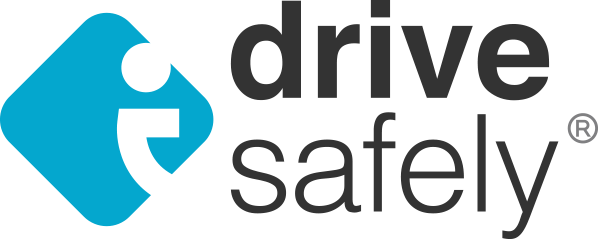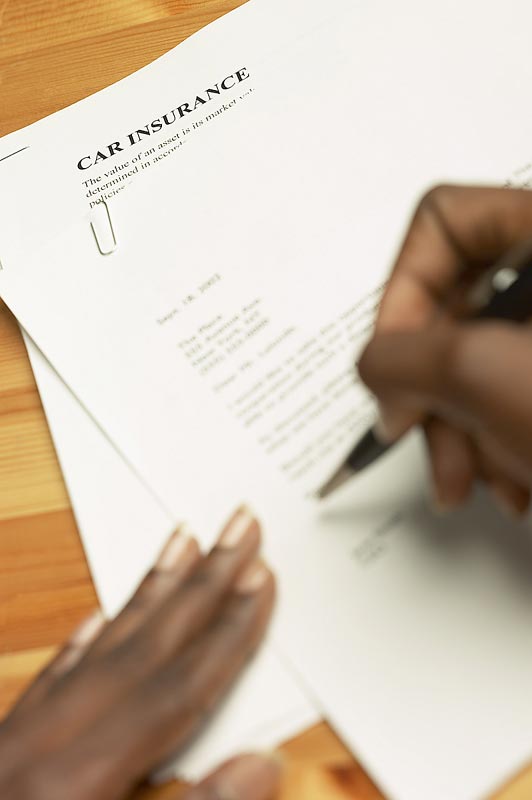Do You Have Nevada Car Insurance?
After all your hard work getting your driver license, it can be hard to think about anything else besides hitting the road. But getting car insurance is an extremely important step, and one that can’t be ignored. Keep reading to find out how much you need to be covered, and why it’s necessary.
Minimum Insurance Requirements in Nevada
According to Nevada law, you must carry at least the following liability coverage:
- $15,000 for bodily injury or death of 1 person in an accident
- $30,000 for bodily injury or death of 2 or more persons in an accident
- $10,000 for injury to or destruction of property of others in an accident
While these are the minimum requirements made by the state, it doesn’t necessarily mean that this is all the coverage you should get. If the damages caused by an accident exceed your insurance coverage, you are responsible for paying the rest, so it’s usually smart to get added protection.
Nevada’s LIVE Program
Nevada’s LIVE Program is designed to validate your Nevada insurance coverage online, meaning your insurance company will respond to verify that you do in fact have a current insurance policy. Your coverage will be verified by the DMV when you register your vehicle, as well as various times during the year.
The information that gets reported to the DMV includes:
- Your Vehicle Identification Number
- Your (the insured person’s) name
- Your policy’s effective dates
- The expiration/termination dates
- Your Nevada driver license number or business FEIN number
You are able to use the DMV’s online Insurance and Registration Status Inquiry tool to check that your insurance listing has been completed.
When Am I Required to Show Proof of Insurance?
Some of the instances when you’ll need to show proof of insurance (a Nevada Evidence of Insurance card) are:
- Registration transactions
- Registration renewals
- Reinstatement
- License plate changes
- Any time a law enforcement officer requests it
- If you are involved in an accident
Lapse of Insurance
Nevada does not have a grace period for auto insurance. Even a one-day lapse in your insurance coverage could result in the suspension of your vehicle registration. You will also have to pay a fine of at least $250, depending on how long you’ve been without coverage and how many times you’ve been caught without insurance.
Insurance Verification Notices
If the DMV does not have a valid record of your liability coverage or you have had a lapse in your coverage, you will receive an Insurance Verification Notice. To respond to this notice, all you have to do is complete and send your insurance information online, or by mail.
Your Insurance Verification Notice will have an access code on it; use this to fill out your response online (you will enter your insurance policy information). You can also complete the card you receive from the DMV and mail it to the DMV office. If your information is confirmed by your insurance company, you will get a follow-up letter stating that the situation has been resolved.
There’s a lot to keep track of when it comes to insurance, but it serves as valuable protection against the high costs of an accident. Don’t be caught without it!











